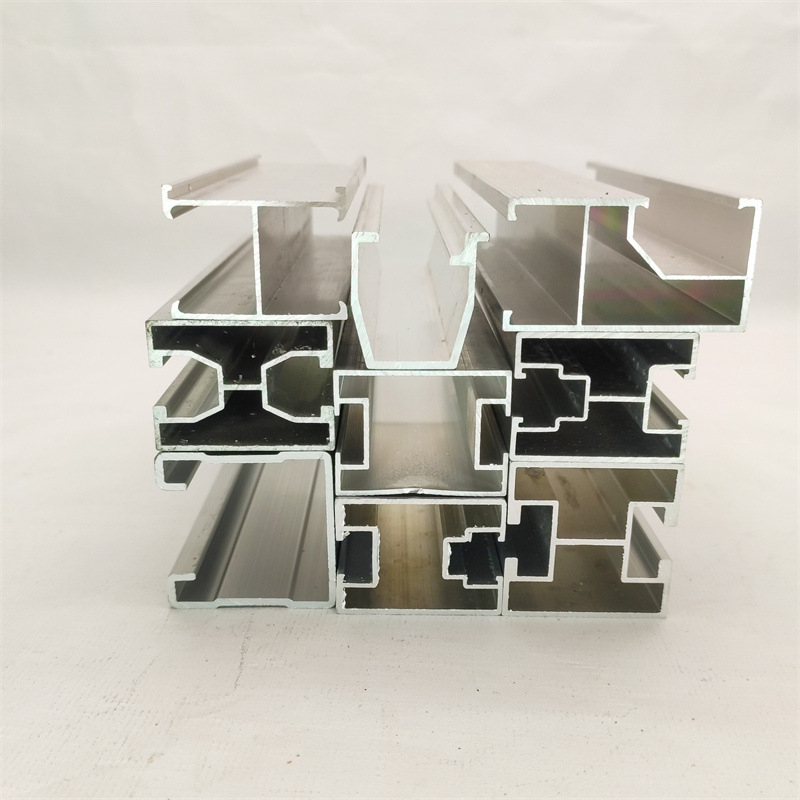

types of screws and bolts
ফেব্রু. . 17, 2025 16:48 Back to list
types of screws and bolts
Screws and bolts are fundamental components in both domestic and industrial applications, serving as key elements in construction, repair, and manufacturing processes. Understanding the different types and their specific applications can significantly enhance the integrity and durability of a project. Here’s a comprehensive guide to the most prevalent types of screws and bolts, emphasizing their unique characteristics and best use scenarios.
Hex Bolts Featuring a hexagon-shaped head, hex bolts are one of the most versatile fasteners around, used in a wide array of applications including construction and repairs. These bolts are available in varying sizes and materials, and they are generally employed with a corresponding nut to ensure a secure fit. Carriage Bolts These bolts come with a rounded head and a square neck, which prevents them from spinning once secured. Primarily used in wood, they are suitable for fastening wooden components or joining metal to wood. Carriage bolts are common in outdoor furniture and playground equipment due to their sleek appearance and secure fit. Socket Cap Screws Distinguished by their cylindrical head and hexagonal drive hole, socket cap screws are utilized in spaces where external wrenches cannot reach. Their precision fit and aesthetic appeal make them a preferred choice in high-end engineering applications and assembling precision equipment. Eyebolts and Eye Screws Eyebolts and eye screws feature a looped head that enables them to hold cable or rope. They serve as essential fastening tools in applications requiring lifting or tension such as rigging hardware and utility construction. The design provides a secure point for attachment, making them indispensable in heavy-duty applications. Each type of screw and bolt offers distinct advantages, making them suitable for specific materials and engineering requirements. Selecting the right type hinges on factors like material compatibility, load requirement, and environmental conditions. Employing the correct fastener not only ensures the strength and longevity of your project but also significantly enhances safety and functional integrity. For those in construction, manufacturing, or casual DIY enthusiasts, a thorough understanding of these screws and bolts can transform your work outcomes from satisfactory to exceptional. Investing time in selecting the correct fastener can lead to a more efficient, long-lasting, and aesthetically pleasing result.


Hex Bolts Featuring a hexagon-shaped head, hex bolts are one of the most versatile fasteners around, used in a wide array of applications including construction and repairs. These bolts are available in varying sizes and materials, and they are generally employed with a corresponding nut to ensure a secure fit. Carriage Bolts These bolts come with a rounded head and a square neck, which prevents them from spinning once secured. Primarily used in wood, they are suitable for fastening wooden components or joining metal to wood. Carriage bolts are common in outdoor furniture and playground equipment due to their sleek appearance and secure fit. Socket Cap Screws Distinguished by their cylindrical head and hexagonal drive hole, socket cap screws are utilized in spaces where external wrenches cannot reach. Their precision fit and aesthetic appeal make them a preferred choice in high-end engineering applications and assembling precision equipment. Eyebolts and Eye Screws Eyebolts and eye screws feature a looped head that enables them to hold cable or rope. They serve as essential fastening tools in applications requiring lifting or tension such as rigging hardware and utility construction. The design provides a secure point for attachment, making them indispensable in heavy-duty applications. Each type of screw and bolt offers distinct advantages, making them suitable for specific materials and engineering requirements. Selecting the right type hinges on factors like material compatibility, load requirement, and environmental conditions. Employing the correct fastener not only ensures the strength and longevity of your project but also significantly enhances safety and functional integrity. For those in construction, manufacturing, or casual DIY enthusiasts, a thorough understanding of these screws and bolts can transform your work outcomes from satisfactory to exceptional. Investing time in selecting the correct fastener can lead to a more efficient, long-lasting, and aesthetically pleasing result.
Latest news
-
Hot Dip Galvanized Bolts - LongZe | High Strength, Corrosion Resistance
NewsAug.05,2025
-
Hot Dip Galvanized Bolts-Hebei Longze|Corrosion Resistance, High Strength
NewsAug.05,2025
-
Hot Dip Galvanized Bolts-Hebei Longze|High Strength&Corrosion Resistance
NewsAug.05,2025
-
High-Strength Hot Dip Galvanized Bolts-Hebei Longze Metal Products Manufacturing Co., Ltd.|corrosion resistance&high tensile strength
NewsAug.05,2025
-
High-Strength Hot Dip Galvanized Bolts - About LongZe | Corrosion Resistance, Customizable Sizes
NewsAug.05,2025
-
Hot Dip Galvanized Bolts - LongZe Metal Products|Corrosion Resistance, High Strength
NewsAug.03,2025

